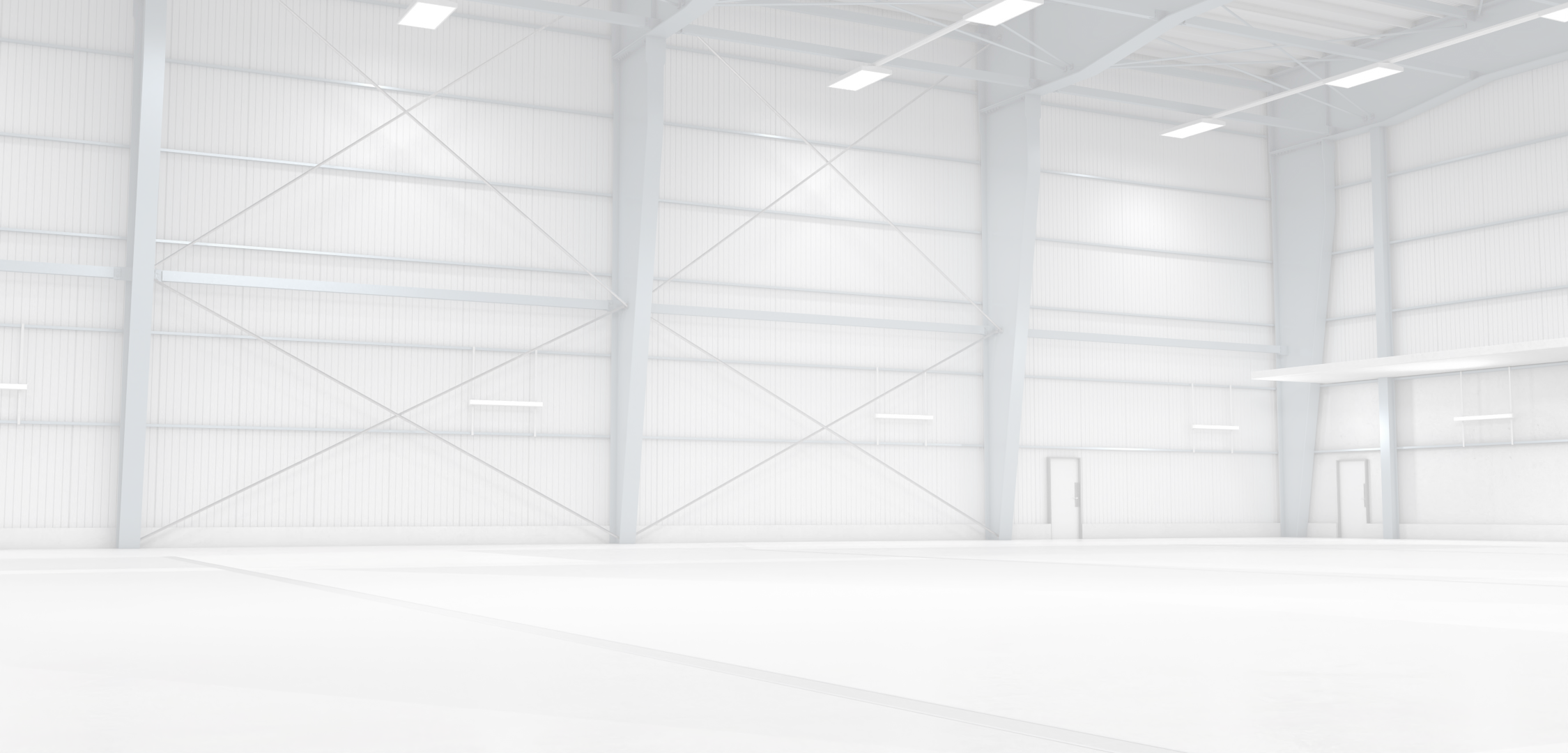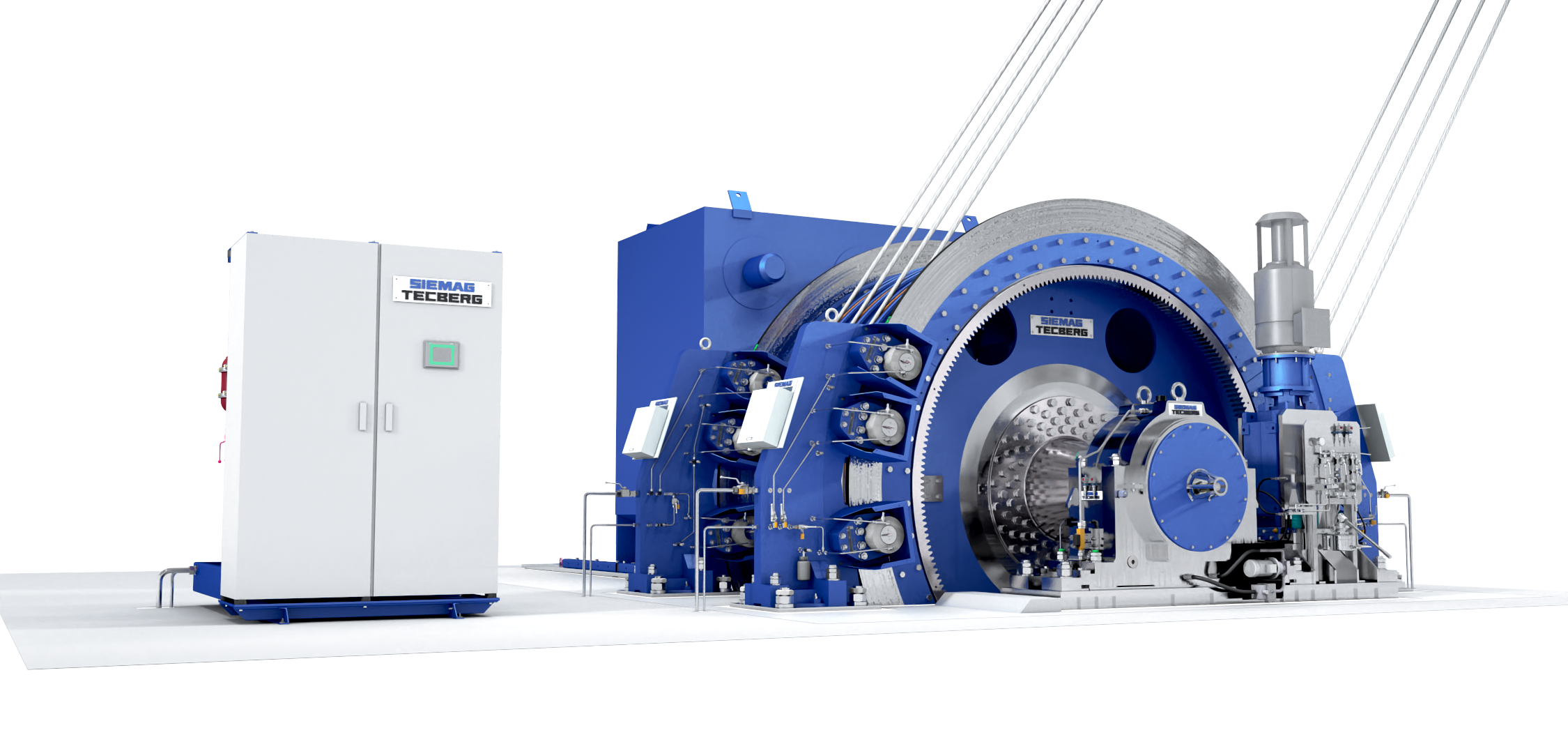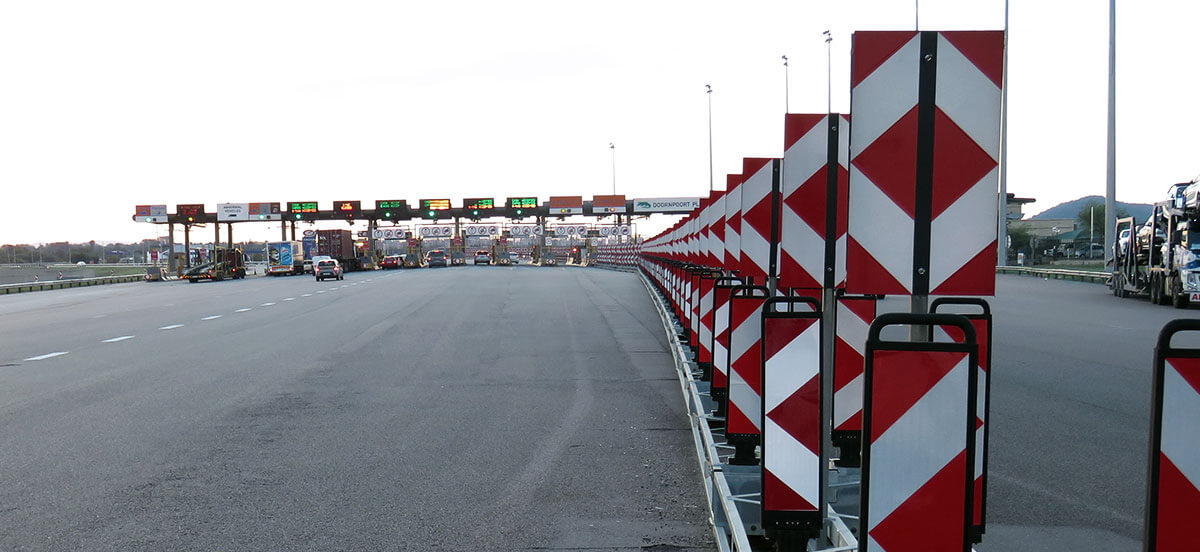WINDER CONTROLS, with its unique combination of special automation and mechanical design, was asked to design an improved electrically powered traffic control barrier for the use at toll points in South Africa.
Bakwena (Pty) Ltd., a concessionary of the South African National Roads Agency Limited (SANRAL), introduced electrically powered traffic control barriers in order to increase or reduce the number of available driving lanes at toll points, considering the change in the direction of rush-hour traffic.
These moveable barriers enable an easier and faster way of reversinge driving lanes so that more road traffic can be processed in one direction during rush hours. At a point with originally 12 lanes, 6 lanes in each direction, the barriers can be shifted to subdivide the lanes from six to eight for heavy traffic in one direction, while the remaining lanes in the opposite direction could continue to be used without interruption.
The first electrically powered traffic control barriers were delivered by other providers. While they supported traffic management, a number of operating and maintenance problems arose, resulting in the customer’s decision to instruct WINDER CONTROLS with the development of a new solution. Problems that had arisen before included:
- the system was not self-aligning
- it was difficult and time-consuming to replace damaged sections in up to 12 hours
- different motor and gearbox sizes were used
- the structure was deflected and bent under its own weight
- wind gales would easily move the structure
- the design differed from one toll point to another
- the inflatable tyres, that were used to guarantee flexibility of the system between individual toll points, were punctured more often than expected
- theft of copper cable because cables were exposed
Based on the experience that WINDER CONTROLS had made in connection with the end consumer, PT Operational Services came up with an improved and simplified barrier design that successfully addressed all the problems. Instead of a solid structure the new barrier designed by WINDER CONTROLS covered any desired number of exchangeable 6 m long sections, which were coupled with every fourth section and which was equipped with a VCD motor.
One of the unique features of the WINDER CONTROLS design is the ability of the system to self-align during operation and after slight bending, caused by minor impacts from motor vehicles. Furthermore, no re-programming or adjustment is required when replacing a damaged section is, thanks to the application of a simple plug-and-play philosophy. Thereby, replacement sections can identify their position in the subassembly and the control parameters can automatically be configured accordingly.
The new system has proved to considerably reduced failure times and running costs, while simultaneously simplifying the user interface and the level of qualification required from operators.




